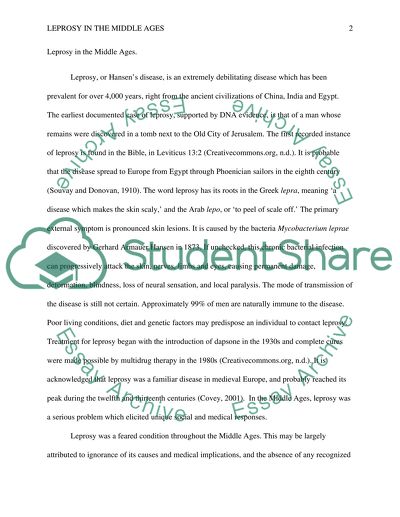Cite this document
(“Leprosy in the Middle Ages Essay Example | Topics and Well Written Essays - 1000 words”, n.d.)
Retrieved from https://studentshare.org/history/1475114-leprosy-in-the-middle-ages
Retrieved from https://studentshare.org/history/1475114-leprosy-in-the-middle-ages
(Leprosy in the Middle Ages Essay Example | Topics and Well Written Essays - 1000 Words)
https://studentshare.org/history/1475114-leprosy-in-the-middle-ages.
https://studentshare.org/history/1475114-leprosy-in-the-middle-ages.
“Leprosy in the Middle Ages Essay Example | Topics and Well Written Essays - 1000 Words”, n.d. https://studentshare.org/history/1475114-leprosy-in-the-middle-ages.


